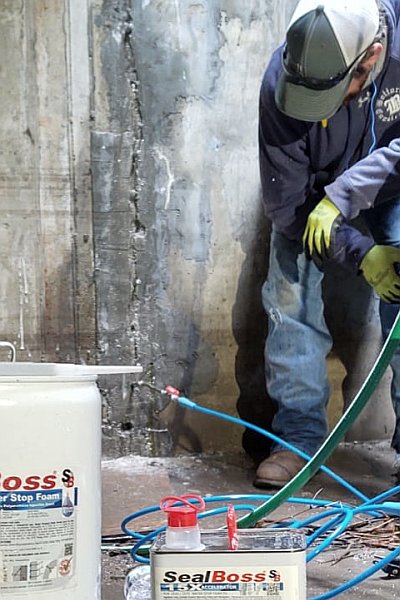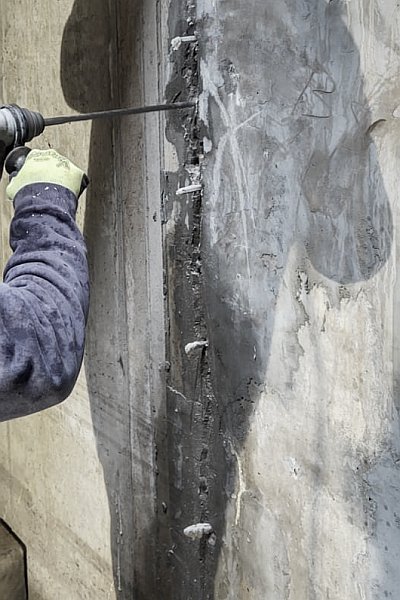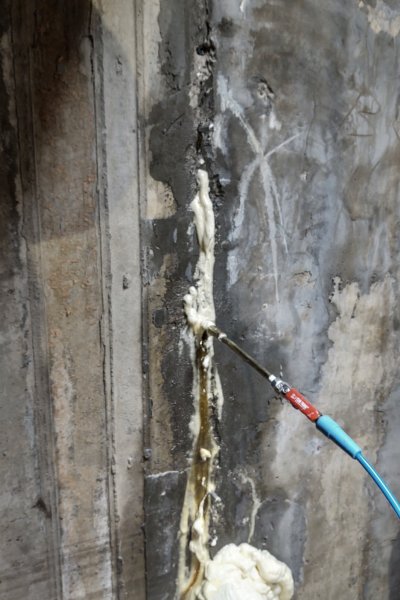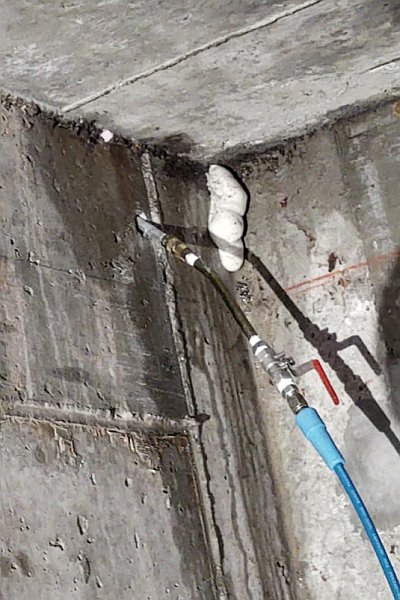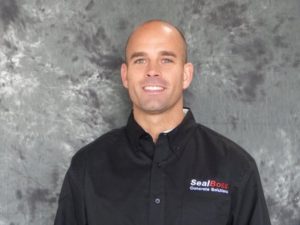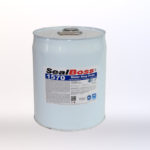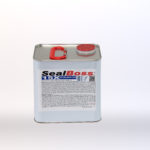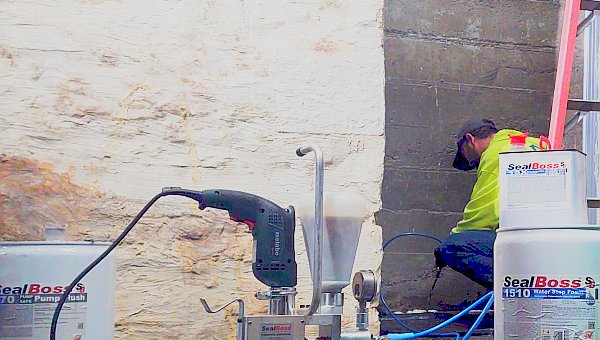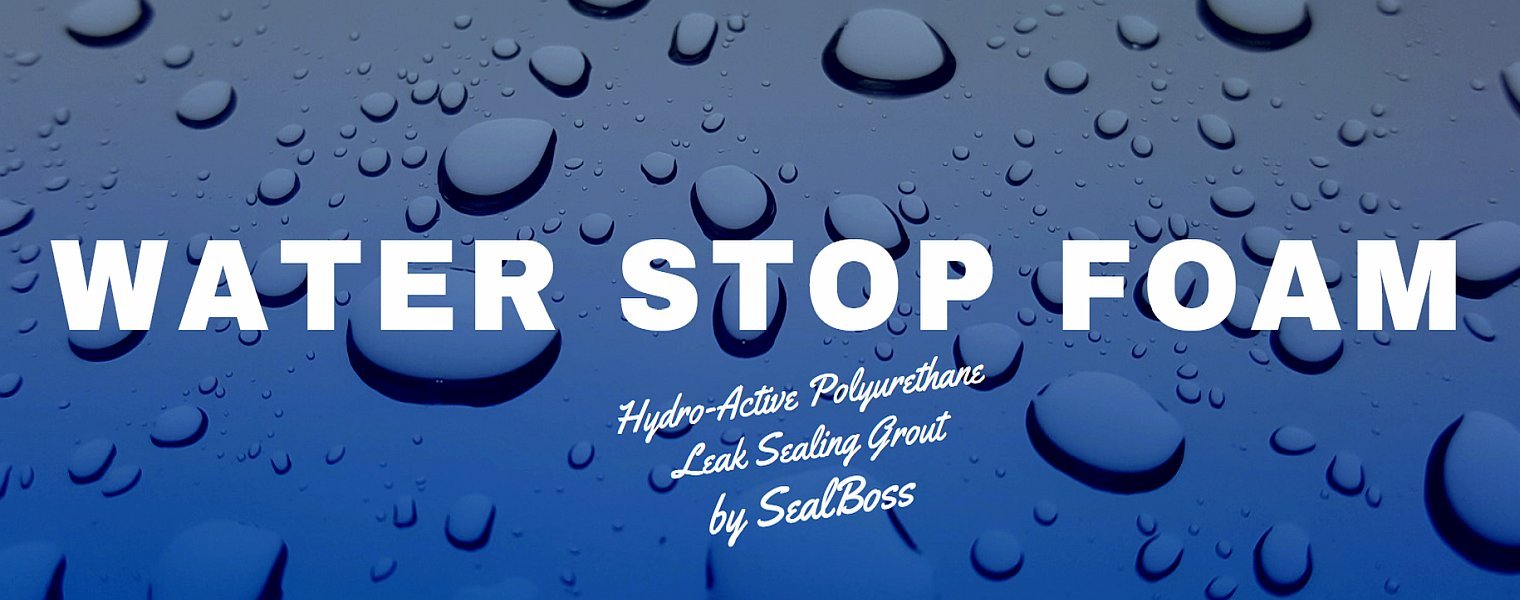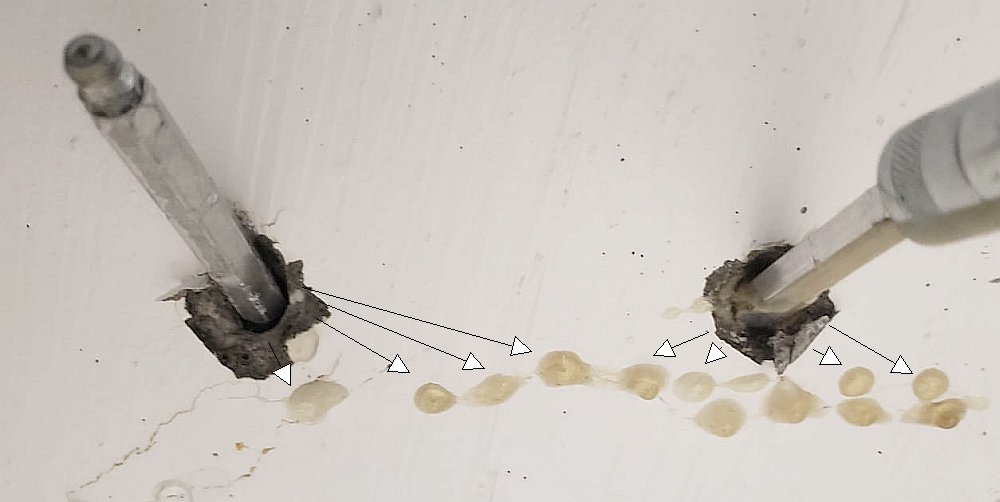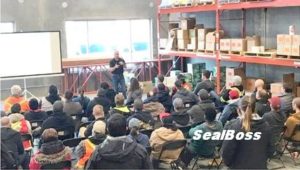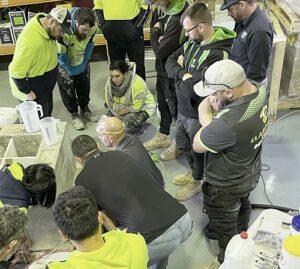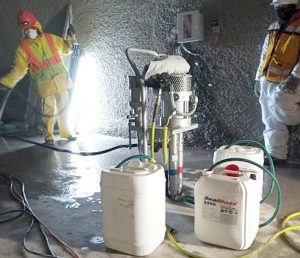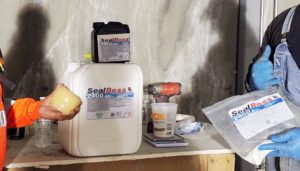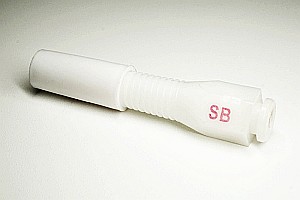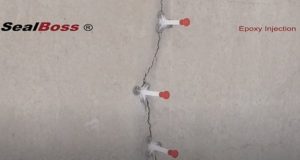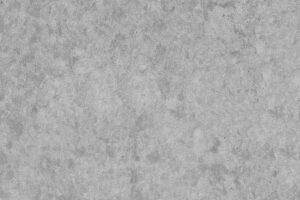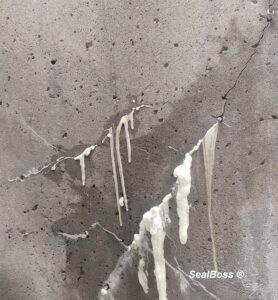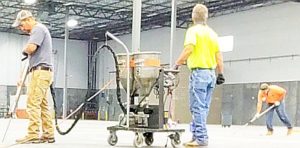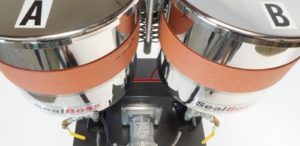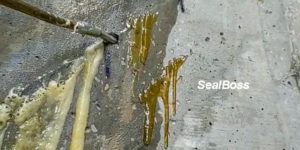How to Seal Shrinkage Cracks
How to Seal Shrinkage Cracks

Shrinkage Cracks Sealed at Wastewater Treatment Plant
Introduction:
In the demanding environments of wastewater treatment plants, maintaining the integrity and functionality of concrete structures is paramount. Shrinkage cracks, a common yet potentially problematic occurrence in concrete, can compromise the efficiency and safety of these facilities. As these cracks form, they not only present a risk to structural durability but also become conduits for unwanted water and contaminant infiltration, particularly in areas around pipe penetrations. This introductory article explores the nature of shrinkage cracks, their implications for wastewater treatment infrastructure, and the innovative solutions employed to address these challenges.
Understanding Shrinkage Cracks in Concrete
What are Shrinkage Cracks?
Shrinkage cracks are a natural occurrence in concrete structures that form during the curing and drying process. Concrete, a blend of cement, aggregate, and water, undergoes a volume reduction, or shrinkage, as the water used in the mix evaporates. This process of evaporation causes the concrete mass to shrink and contract.
Simultaneously, the internal reinforcements or sub-bases that the concrete is poured onto restrict this shrinkage. This restriction generates tensile stresses within the concrete. When these stresses exceed the concrete’s tensile strength, they give rise to drying and shrinkage-related cracks.
Shrinkage cracks, although often very small, are of significant concern in certain structures. Even though they typically don’t compromise the structural integrity of the concrete, they can create pathways for water and other corrosive materials. This is particularly crucial in structures like dams, where minor leaks can have substantial implications.
Moreover, it’s important to note that the shrinkage of concrete and the subsequent development of cracks is an irreversible process. Therefore, any resulting water leakage needs to be addressed with suitable methods such as concrete crack injection.
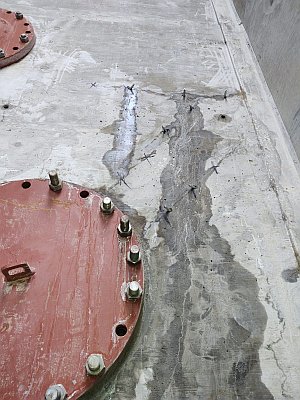
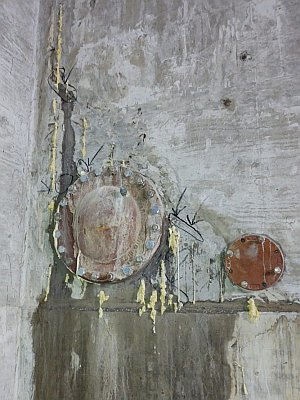
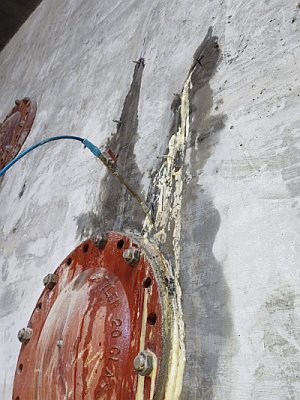
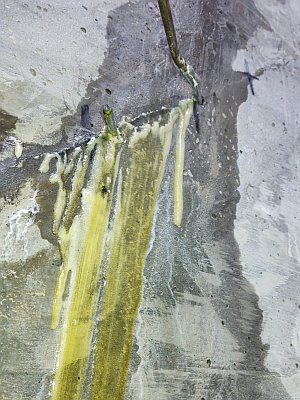
Effective Sealing of Shrinkage Cracks at a Wastewater Treatment Plant
Scope
At the wastewater treatment plant in Salina, Kansas, a critical task emerged prior to the placement of pumps and pipes in the pump room. The challenge was to address the leaks that originated from pipe penetrations and shrinkage cracks in the concrete structure, particularly after the tank was filled for testing purposes.
Procedure
To provide professional assistance, our Regional Technical Sales Manager visited the site. He provided a consultation on how to effectively use SealBoss 1510 Water Stop Foam to halt water penetration through the shrinkage cracks, many of which stemmed from pipe penetrations.
The SealBoss 1510 was applied via a high-pressure injection process, using the SealBoss P2002 injection system, coupled with the SealBoss 13-100 AL series injection packers. These packers are specifically designed with ribs to withstand high-pressure injection, ensuring an effective and durable application of the Water Stop Foam.
This professional, on-site consultation, combined with the use of high-quality, reliable materials and equipment, serves as an example of our comprehensive approach to address and seal shrinkage cracks effectively.
Employed Products:
SealBoss 1510 superior penetration through hairline cracks
SealBoss ® 1510 NSF Approved Water Stop Foam
Shrinkage cracks, a prevalent issue in wastewater treatment plants, often originate in the areas of pipe penetrations.
They can potentially lead to water seepage from tanks and basins, posing operational and maintenance challenges. Addressing these issues requires adherence to stringent specifications for approved materials.
SealBoss’s Water Stop Systems, bearing the NSF/ANSI 61 Drinking Water Contact Approval, not only meet these stringent standards but also provide a robust solution to such leak-related issues.
Our Full System Solutions further consolidate our position as a comprehensive resource for contractors, catering to a broad spectrum of injection needs. Thus, with SealBoss, you gain access to high-quality, approved materials and comprehensive, reliable solutions, all from a single, dependable source.
Related Super Low Viscosity SealBoss Chemical Injection Grouts:
- SealBoss ® 1403 SLV Super Low Viscosity Polyurethane Resin for injection into very fine cracks.
- SealBoss ® 2400 SealGel SLV Super Low Viscosity Acrylate Gel / Acrylic Gel for injection into very fine cracks.





























